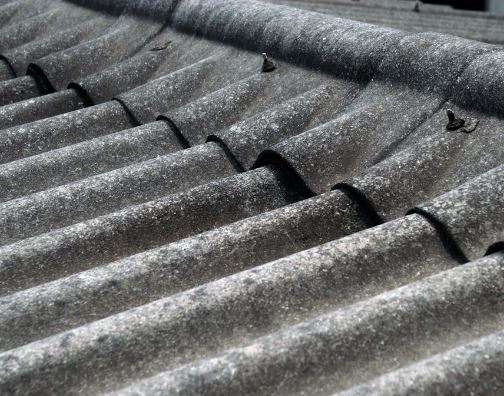
“But the science is clear and settled: there is simply no safe level of exposure to asbestos.”
Asbestos exposure is linked to the deaths of more than 40,000 Americans a year as a result of lung cancer, mesothelioma, ovarian cancer, and laryngeal cancer.
Ending its use is part of Biden’s so-called “Cancer Moonshot,” a White House initiative to reduce deaths from cancer.
Michal Freedhoff, an EPA official, said a failure to fully phase out asbestos “symbolises the failure of the original Toxic Substances Control Act,” a law passed in 1976.
When the agency initially attempted a full ban on asbestos in 1989, a court overturned its decision two years later.
The latest actions are the first carried out following the 2016 amendments updating the law.
Freedhoff said the ban would be implemented on staggered timelines to allow the industry enough time to transition.
One of the biggest users of the fibrous mineral is the chloro-alkali sector, which uses asbestos diaphragms to separate chlorine from sodium hydroxide via electrolysis. Chlorine is critical to disinfect drinking water and wastewater.
The EPA said it was banning new imports of asbestos immediately, while companies that still used asbestos diaphragms would have up to 12 years to convert their facilities.
Asbestos in oilfield brake blocks and aftermarket automotive brakes and linings will be banned six months after the rule is finalized.
Meanwhile, a nuclear site in Georgia will be given until 2037 to transition from asbestos use in gaskets to protect workers from radiation exposure as they dispose of nuclear material.
“It is long past time for the US to ban asbestos, and unacceptable this known carcinogen continues to threaten Americans and devastate families,” said Congresswoman Suzanne Bonamici.
AFP









